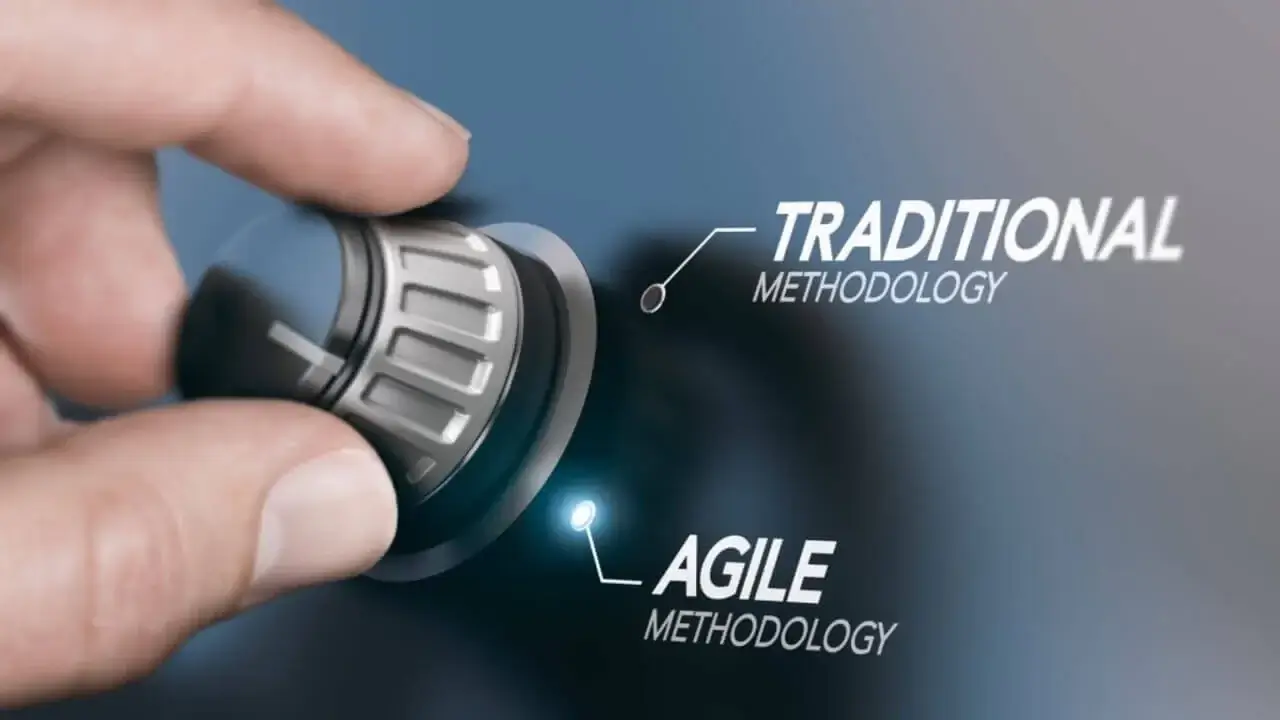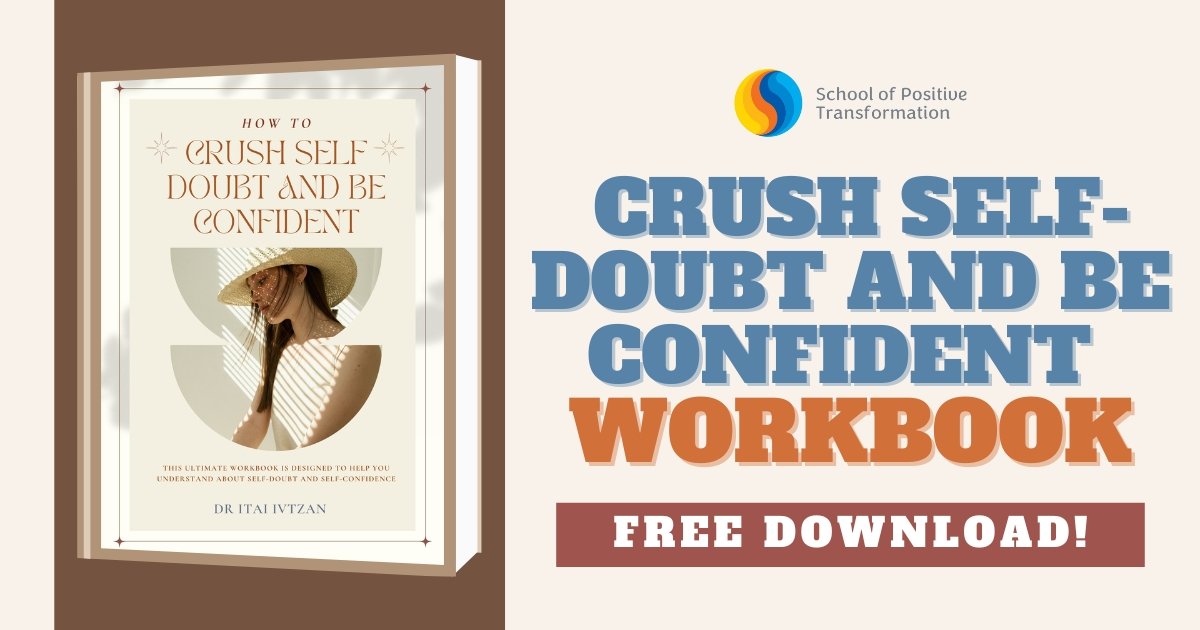Bringing back the humans – Adding Positive Practices to Agile Organizations
Adding positive practices as a methodology for software development practices in the business world. This article suggests a psychologist or practitioner can provide much to an agile organization by helping them evaluate the impact of agile frameworks on employees. Whilst agile setups may enable considerable time-saving and success for a company, there may be value in evaluating how to ensure overall company practices are still congruent with ensuring employees’ well-being, creativity, and development.
Before you continue you might like to consider our free worksheet on exploring “Crush Self-Doubt and Be Confident”. Please download this worksheet here.
Establishing an agile development community has during the last decade or so become core within many workplaces that work with any type of software development. This has become common-place enough that there is value for a psychologist or practitioner going into a workplace involved in any IT development, in becoming familiar with the now well established “agile manifesto” that is behind most agile working setups. https://agilemanifesto.org/.
Whilst there is some tailoring that can be done by applying Prince2 or other project-based management structures, agile frameworks apply relatively fixed elements. These elements being part of their success. The agile framework “Scrum” for example, applies strict time-boxed meetings and maintains a relatively flat hierarchy. Staff members are grouped on an equal basis into a “development team” – whether they are a software developer, a subject matter expert, or a tester. This strict framework being arguably why Scrum experts such as Jeff Sutherland (2014) have been able to document how organizations can do twice as much work in perhaps half of the time they did before.
The results of agile frameworks speak for themselves alongside the growing number of courses and companies turning to them. The experts in the field encourage us to embrace it (Rigby, Sutherland & Takeuchi, 2016)
However, looking through another lens, for example as a positive psychology practitioner, creating the human values in an agile team is largely around productivity and harmony. The agile framework enables individuals through a focus on them as each being an equally important part of the wider team. The team being masterfully enabled to work efficiently and succeed in achieving output on schedule.
Agile working methods have promoted a constant striving for refinement and creating even better practices that remind me of athletics champions: someone is always striving to take even a split-second off a track record. Decades of use of Agile, are summed up in the sub-title of LeMay’s 2019 book, which promises “Creating fast, flexible and customer-first organizations.”
I am not denying the value of Agile practices. What I am suggesting is however that as practitioners, psychologists, or managers in the workplace, we have a role to play in taking a step back to look for the individual human in all of this. Not just a team player, getting the top results for their company but a person wanting to have a good experience at work.
 A psychologist or practitioner may be able to encourage a little more focus on the well-being of the individual creating the ‘fast, flexible customer solutions’. My challenge to you then is when working with or for an organization working with an Agile framework is to consider the following research (or other elements of positive organizational psychology that you are aware of):
A psychologist or practitioner may be able to encourage a little more focus on the well-being of the individual creating the ‘fast, flexible customer solutions’. My challenge to you then is when working with or for an organization working with an Agile framework is to consider the following research (or other elements of positive organizational psychology that you are aware of):
- Morale can differentiate at an individual and team level (Hart & Cooper, 2001). An agile framework based set up is often based on creating a successful team. Consider how you can encourage practices that still allow the individuals to feel their psychological needs are met. This is important for staff wellbeing and engagement (Bakker & Demerouti, 2018).
- Consider using a holistic model such as the LIFE Model (Lomas, Hefferon & Ivtzan, 2014) to remind the company that the individual employee should also be a focus. Not just output. Analyzing a company using the LIFE Model looks can produce a much broader view. It covers a multitude of layers and strata. At an individual level, it can show how a person connects to their workplace may be about how they interact with the message of the workplace and the company’s role in society. It can also help with analyzing the impact of how employees sit physically within the walls of the company itself. To create fast, flexible results, companies do need individuals that feel allegiance with the company they work for.
- Look into if the individuals at the organization are experiencing positive emotions as a result of the Agile framework being practiced. Lack of performance comes from a negative work environment (Hart, 1999; Hart & Cotton, 2001).
- Alongside the focus on team achievement and output, look at practices the company can engage in to ensure individual staff members still have autonomy, and despite pressured time-boxes, that they experience warmth and engagement. These are job resources correlated to positive emotions (Xanthopoulou et al., 2012).
Adding Positive Practices the human resource and is driven by the innovation of team members and problem-solving skills. The structured nature of agile setups potentially takes an organization’s focus away from ensuring the well-being of individual staff. This may be why we read articles or stories of organizations that are operating a mix of agile development and positive organizational psychology. As practitioners and psychologists, we can change this and bring a new perspective.
Ready to enhance well-being and engagement in your agile team? Download our free ‘Meditation Guide Workbook’ and discover how mindfulness can improve individual and team performance.






